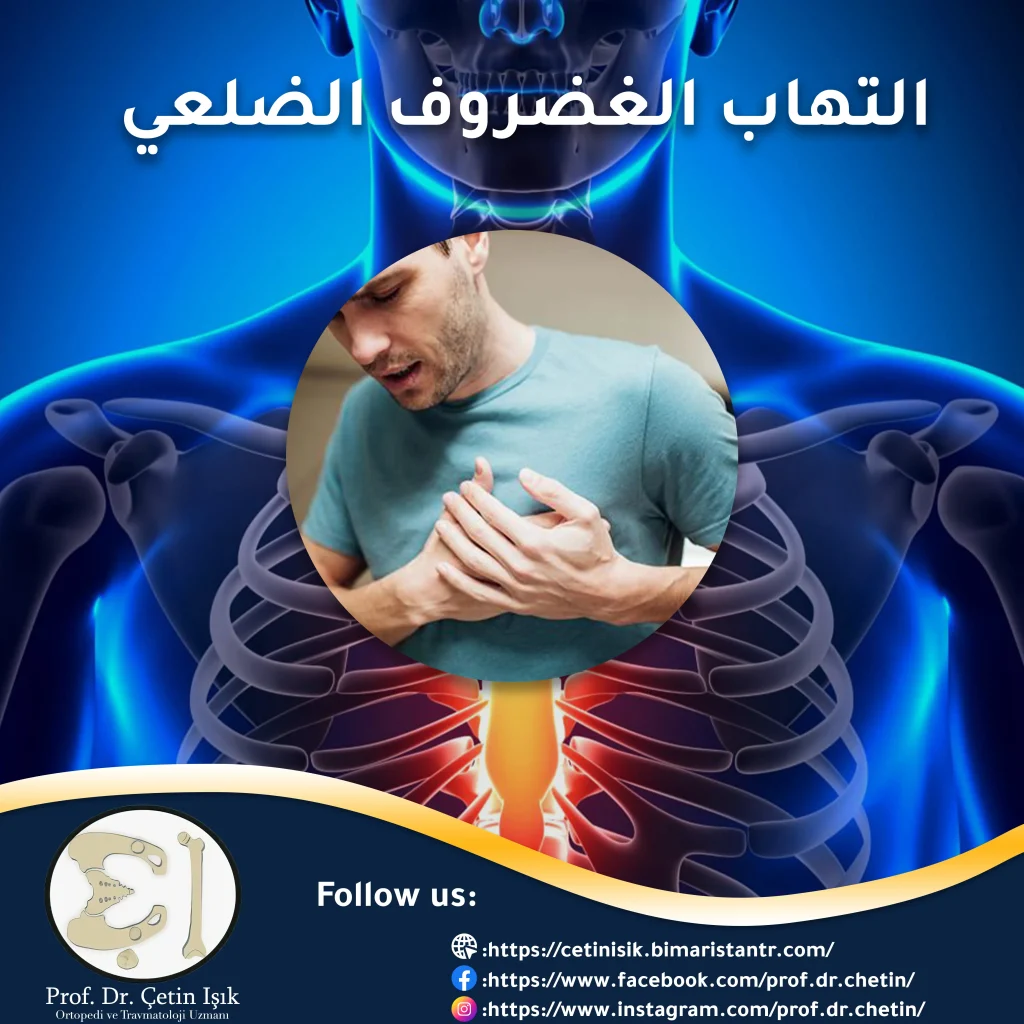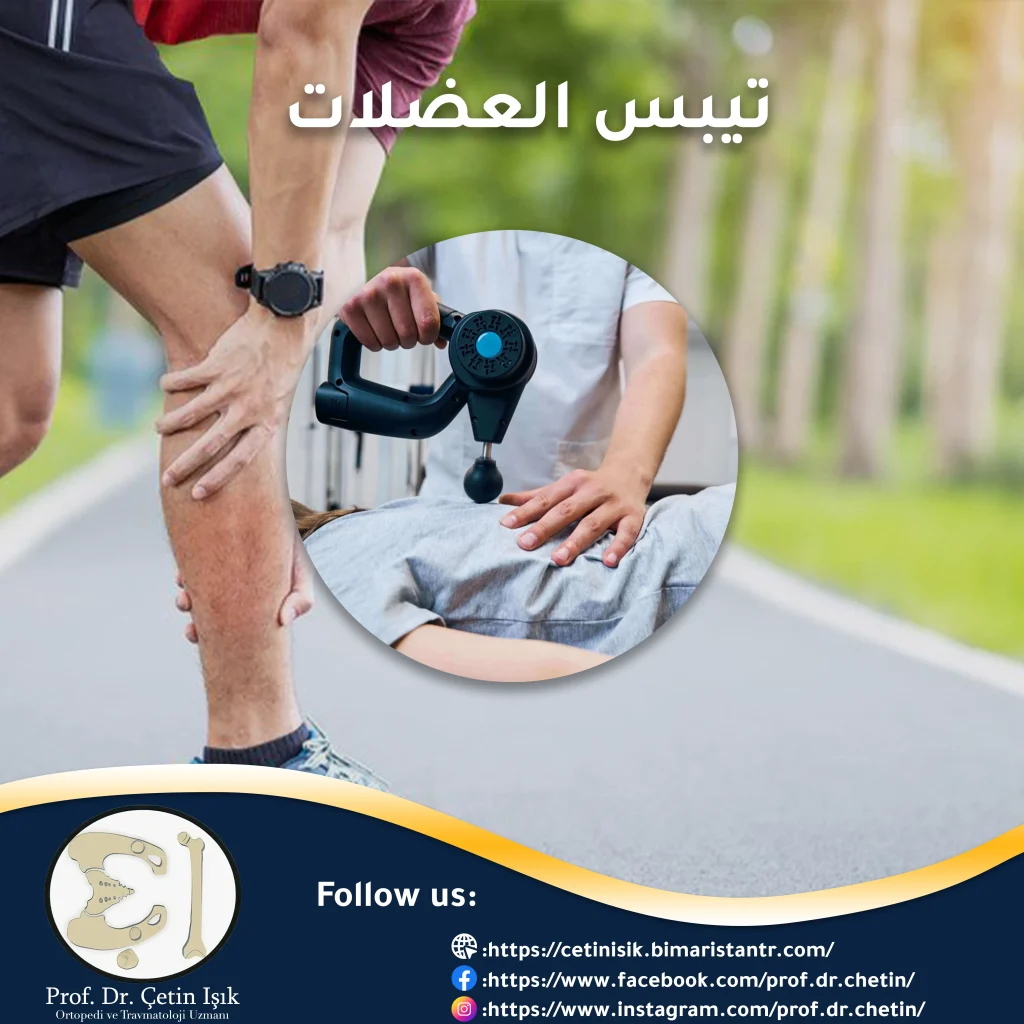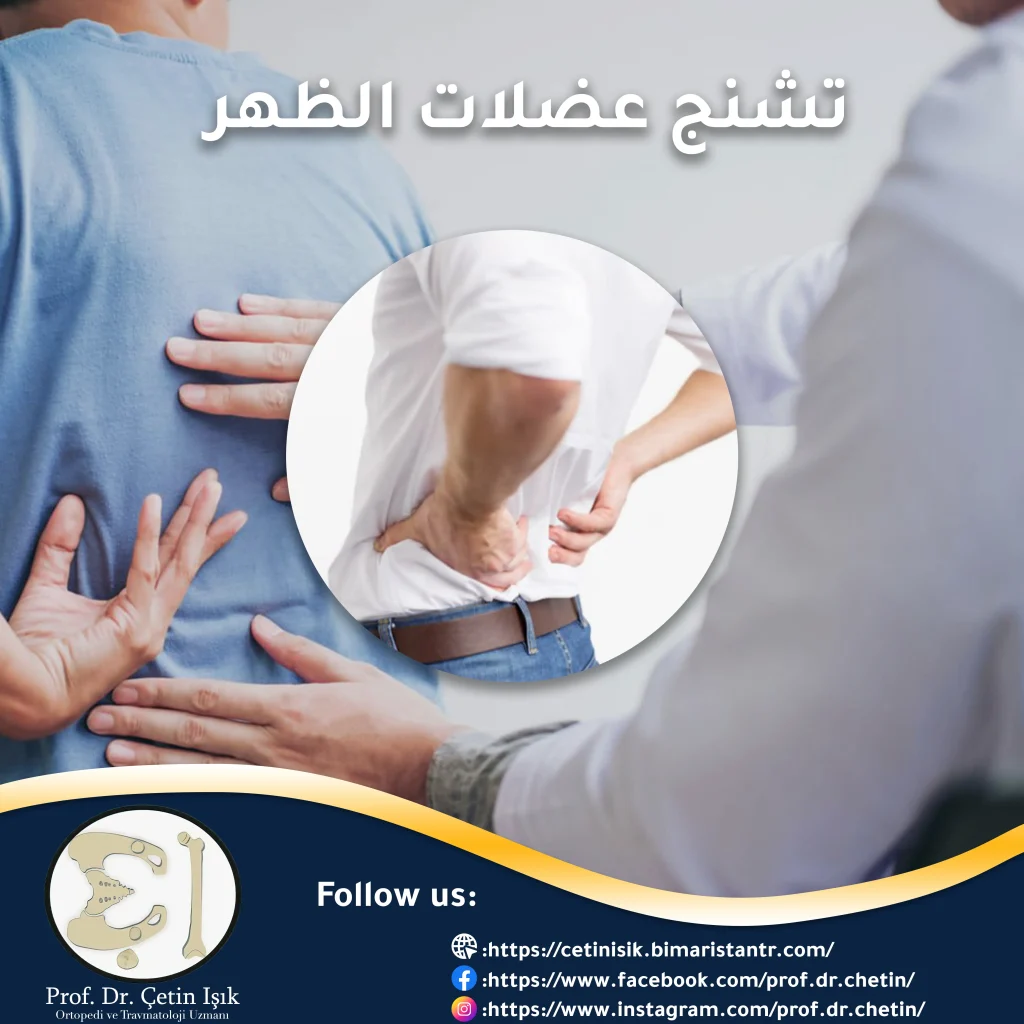Costochondritis is inflammation of the cartilage where the ribs meet the sternum, causing severe pain in the chest, especially when moving, similar to the pain of heart disease (angina).
Costochondritis is more common in women over the age of 40. Learn with us about costochondritis and ways to treat it.
What is costochondritis?
Costochondritis is an inflammation of the cartilage that connects the ribs to the sternum (the middle bone of the chest), which leads to chest pain, especially when moving and breathing.
Costochondritis most commonly occurs in the upper ribs on the left side of the body. The pain is often worse where the rib cartilage connects to the sternum (costosternal joint), but it may also occur where the cartilage connects to the rib.
Costochondritis is one of the most common causes of chest pain, and it can mimic chest pain caused by cardiac causes (heart attack) in its location and pattern of onset.
Costochondritis is common in women over the age of 40 and in athletes who play contact sports. Costochondritis often resolves within several weeks or months, but some cases may require treatment.
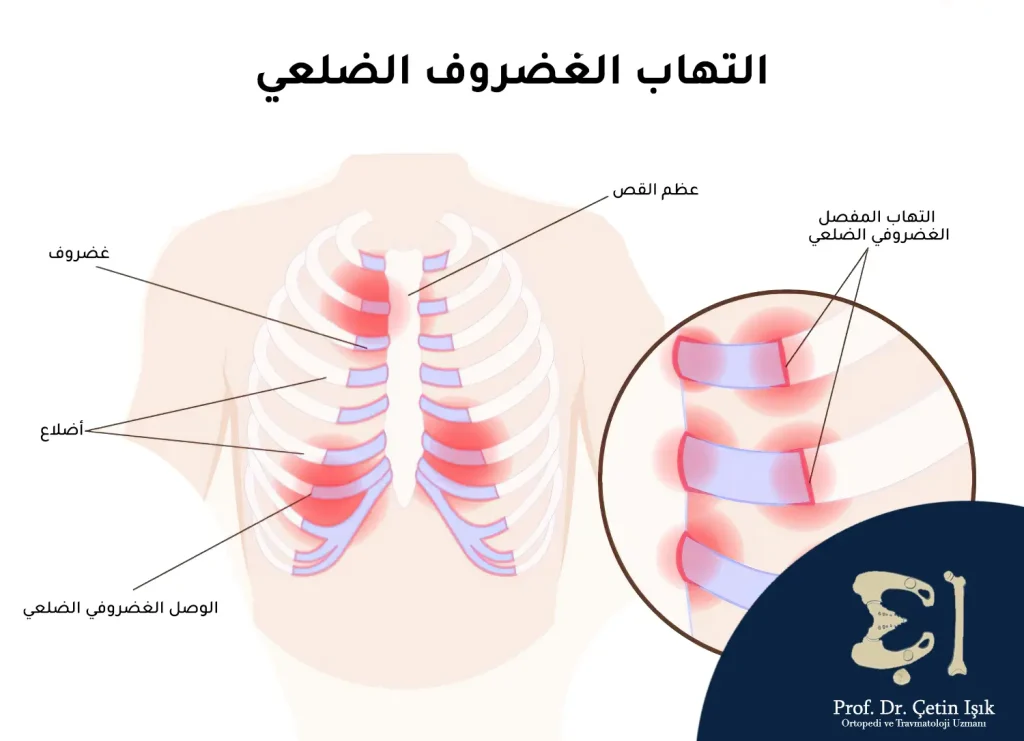
Causes of costochondritis?
The exact cause of costochondritis in most people is unknown, but some conditions can cause costochondritis and include:
- Trauma to the chest andRib cage fracture As a result of car accidents or falls
- Physical stress resulting from activities such as lifting weights and strenuous exercise
- Respiratory diseases that can cause arthritis (such as tuberculosis and some viruses)
- Such as arthritis Osteoarthritis or Rheumatoid Arthritis
- Severe coughing or vomiting
- Postoperative infection
Symptoms of costochondritis
Chest pain is the most common symptom of costochondritis. The onset of pain can be gradual or sudden, and is characterized by the following characteristics:
- Dull or severe pain in the front of the chest, usually on the left side, and may spread to the back or abdomen
- It gets worse when moving the upper body (chest wall)
- Worsen by lying down, breathing deeply, coughing, and sneezing
- Tenderness (pain on palpation) when pressing on the rib joints
Redness, swelling, or discharge may be seen if costochondritis is caused by infection after surgery.

Diagnosis of costochondritis
There is no specific test to diagnose costochondritis, and we usually start by ruling out more serious causes of chest pain such as electrocardiogram (ECG) to rule out a heart attack, and plain chest radiograph (X-RAY) to rule out pectoris.
The doctor conducts a physical examination of the patient to determine the severity and location of the pain. He also moves the rib cage or arms in certain ways to try to provoke symptoms, with the necessity of examining the torso to look for signs of bruises.
Blood tests may be done to check for infection or other problems, although there is no imaging test that can diagnose costochondritis. But some imaging tests may be performed to rule out other causes of pain, and these tests include computed tomography (CT-scan), magnetic resonance imaging (MRI), and ultrasound.
Treatment of costochondritis
Most cases of rib cage costochondritis improve over time by resting the rib cage and giving the inflamed costochondral joints time to heal. Treatment options for rib cage costochondritis include home therapy, drug therapy, physical therapy, and surgical treatment (rare).
Home treatment
Home treatment methods are one of the best options for treating costochondritis, and they include:
- Rest and use hot or cold compresses to relieve pain
- Take over-the-counter pain relievers such as nonsteroidal anti-inflammatory drugs (NSAIDs) such as ibuprofen
- Avoid activities that make symptoms worse and sports that require physical contact
Medical therapy
The doctor may prescribe some medications to relieve inflammation and pain. Medications to treat costochondritis include the following:
- Inject corticosteroids into the area of pain if symptoms do not improve after a few weeks
- Tricyclic antidepressants (such as amitriptyline) to control chronic pain, especially if the pain is causing sleep disturbance
- Anti-seizure medications (such as the epilepsy drug gabapentin) to control chronic pain
- Intravenous antibiotics in case of infectious costochondritis (bacterial or fungal), continuing oral antibiotics for another 2 to 3 weeks
Physiotherapy
Physical therapy options include:
- Stretching exercises: Simple stretching exercises may be useful for strengthening the chest muscles and increasing their flexibility
- Transcutaneous electrical nerve stimulation (TENS): is a device that sends a weak electrical current through patches stuck to the skin near the area of pain. The current may interrupt or mask pain signals, preventing them from reaching the brain.
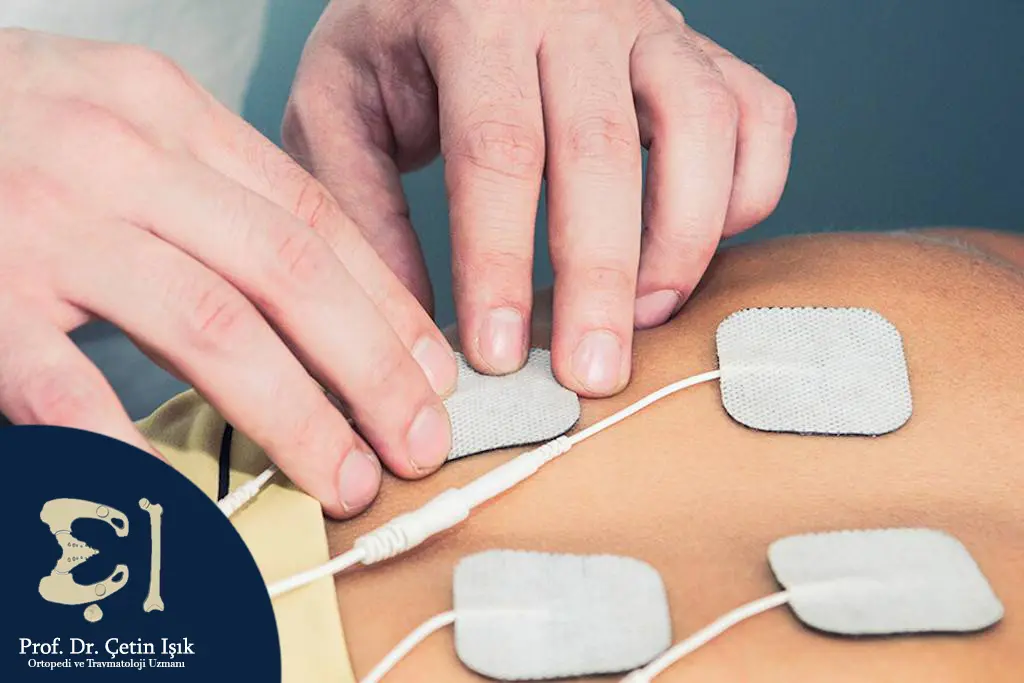
Surgical treatment
Surgical treatment may be used to remove the inflamed cartilage if other treatments do not help.
Prevention of costochondritis
Costochondritis cannot usually be prevented because its causes are not clear, but following the following tips can reduce the risk of costochondritis:
- Avoid putting too much pressure on the chest and ribs
- Rest after intense physical activity to give the body time to recover
- Avoid activities that cause chest pain
- Do stretching exercises regularly
Costochondritis is one of the most common causes of chest pain. It is usually of unknown cause and is common in women and athletes. The disease improves in most cases over time with appropriate treatment.
Sources:
Common questions
Chest pain is the most common symptom of costochondritis, occurring in the front of the chest.
It gets worse when moving the upper body (chest wall), lying down, breathing deeply, coughing, and sneezing.
Costochondritis usually improves on its own with rest, and can last a few weeks or months.
An inflamed rib cage can be identified by symptoms, the most common of which is chest pain that occurs in the front part of the chest and worsens with movement, lying down, deep breathing, coughing, and sneezing.
Most cases of costochondritis improve over time by resting the chest. Various treatment options can also be used, such as home treatment (rest and hot and cold compresses), medication (corticosteroid injections), or physical therapy (stretching exercises and electrical stimulation). In rare cases, treatment can be used. Surgical.


